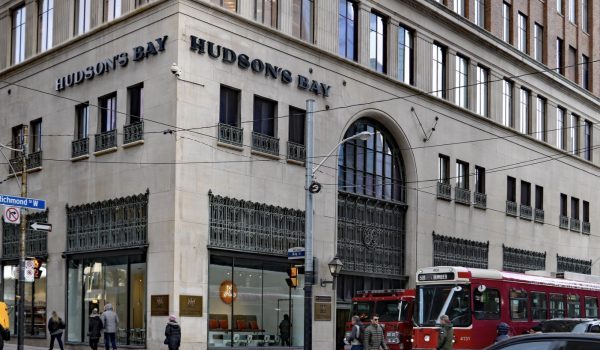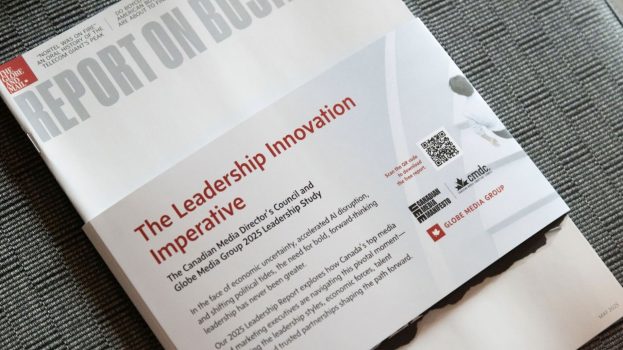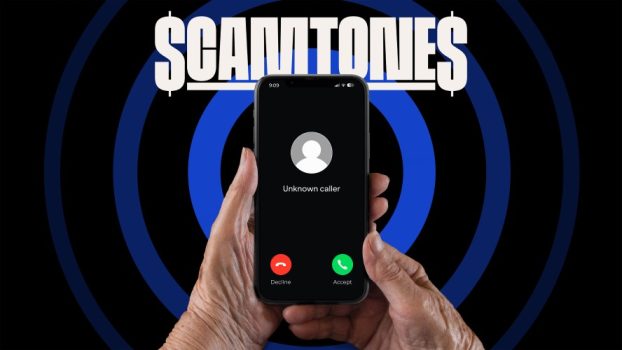A group that wants to improve the fitness level of Canada’s schoolchildren is seeking corporate sponsors for a new in-school program expected to go nationwide by 1998.
The Foundation for Active Healthy Kids, a new charity under the venerable Ontario Physical and Health Education Association (ophea), promises ‘unparalleled access’ to schools for sponsors of Activ8, a program to encourage physical fitness and activity in kids from kindergarten to grade 12.
‘A lot of research shows us that kids today are not active,’ says Elio Antunes, managing director for the foundation and executive director of ophea. In fact, the association’s research suggests that kids today expend only one-quarter the energy than did their counterparts 40 years ago. And the sometimes-dreaded but always required gym classes of only a generation ago have all but disappeared, says Antunes.
Although Activ8 appears to replace the federal government’s now-defunct Canada Fitness Awards program, there will be differences, says Antunes. Activ8 will go beyond rewarding only the so-called ‘early maturers’ who naturally excel at fitness activities, he says. ‘Our program recognizes all kids based on personal development, as opposed to performance-testing.’
As the name implies, Activ8 outlines eight challenges for each grade level, for which the teacher helps his or her students prepare with the help of some guiding materials.
At the end of the year, there will be an Activ8 Festival held in each community where students collect pledges and undergo their challenges.
At least half of the pledge money collected will go back to each school to purchase what Antunes hopes will be athletic equipment or fitness materials. The foundation will use its share of the pledge money for future endeavors.
As for sponsor access to school children, ophea estimates it has a direct and measurable impact on 500,000 kids every year in Ontario alone. The group also has ties to sister organizations across Canada.
Within the Activ8 sponsorship brief, the foundation addresses advertiser skepticism that organizations can overcome opposition to corporate sponsorship of educational programs by pointing out that the 75-year-old ophea has a long history of coordinating such programs.
In fact, ophea boasts that it ‘has already involved hundreds of thousands of Ontario students in corporately-sponsored, in-the-classroom curriculum programs which include direct-to-students product sampling.’
According to Antunes, both Procter & Gamble and Gillette Canada have sponsored several health class subjects.
For example, ‘Looking Good, Feeling Great,’ sponsored by Gillette, is a ‘lifestyle management’ course for teens. The program, which has been around for four years, includes a student diary and teacher’s guide that cover subjects such as regular physical activity, healthy eating and body image.
The program deals with personal care issues such as shaving (wherein the Gillette SensorExcel logos for both men’s and women’s products are highlighted), how antiperspirants and deodorants work (the line of Gillette products are shown) and explains the differences between various hair care products (with Tame logos on display). Samples are included.
As for those who don’t remember learning about shampoo and mousse in health class, Antunes says, ‘The curriculum has changed quite a bit.’ He adds, ‘Kids are really self-conscious about their appearance now.’
The p&g program, Faces (presented to young women in grades 7 and 8), is more subtle. The material, which deals with self-image, debunks several beauty myths and, although it is supported by Secret, Noxema and Pantene, no mention is made of the products within the actual teaching material. However, samples and an insert are included, according to Antunes.
Antunes says that p&g also sponsors the ‘Take Charge’ program, which deals with skin care and is brought to students by Clearasil acne products, and it helped design and implement the ‘Always Changing’ program where young women learn about puberty and are offered samples of Always feminine protection products.
Activ8 sponsors have several choices, says Antunes, but top billing g’es to title sponsors (those who donate $300,000 or more in cash or goods and services).
Besides the high profile in Activ8 marketing materials, and the right to use its status in its own advertising and marketing literature, companies which pay for title sponsor status receive the ‘right to have a corporate product or service incorporated and written into relevant parts of the year-long Activ8 educational curricula for various grade levels with associated product sampling where appropriate,’ according to the sponsorship brief.
Title sponsors would also have the right to showcase in-school promotional material, says Antunes. For example, he says that a sports sh’e company could come into a school and sponsor a running event or conduct a seminar on proper orthopedics.
Companies choosing to donate less also receive the right of mention in the curriculum but naturally the level of mention is directly proportional to the amount of money donated.
If all g’es as planned, Antunes says that Activ8 will be field-tested this spring in several communities across Ontario and start in earnest next fall across Ontario. It is expected to go national in Sept. ’98.























